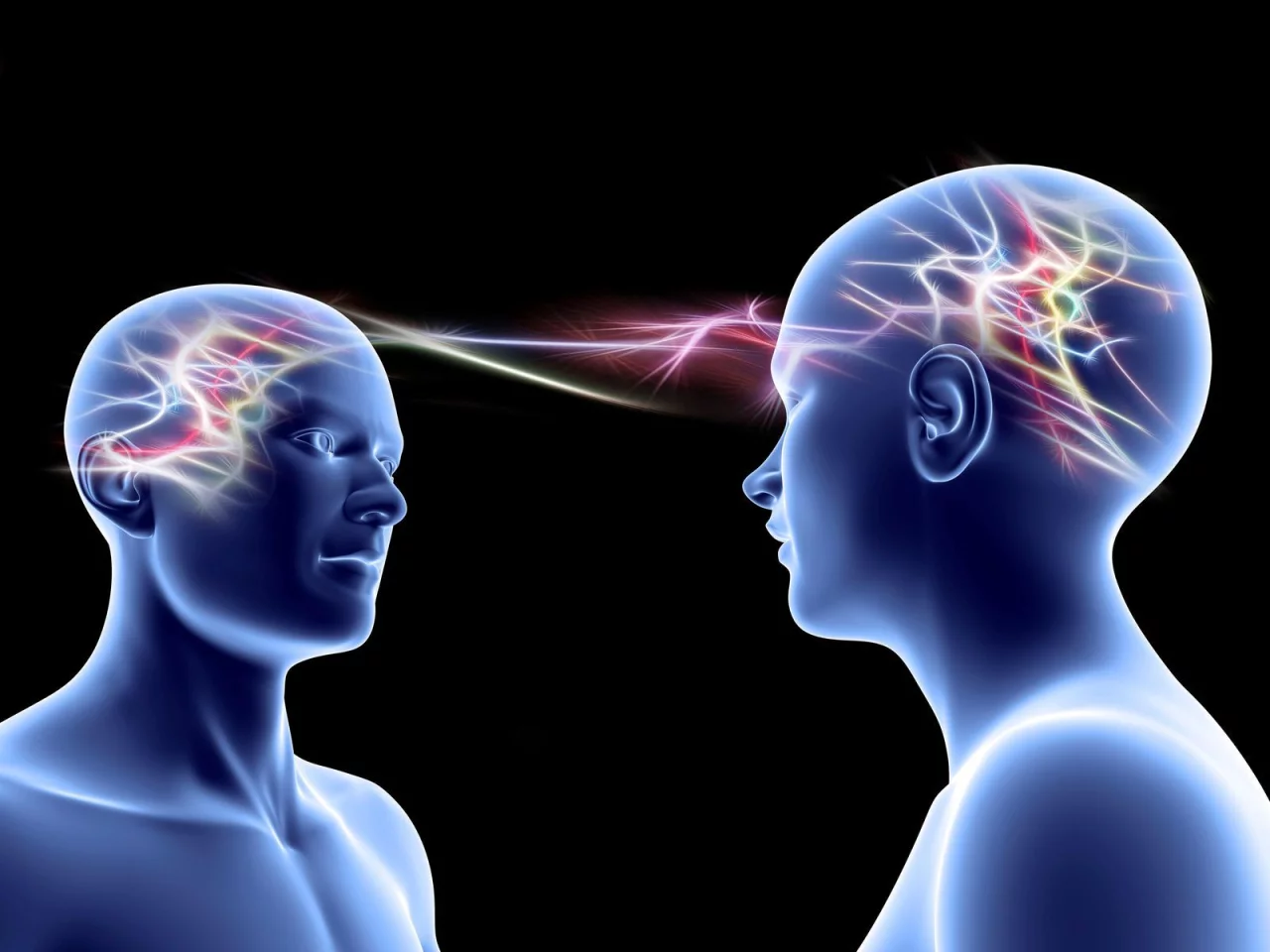The Psychology of Correctly Reading a Person at First Glance

One of the most pressing issues today is to determine how each person's inner world, feelings, and psychological state are perceived by those around them. In life, each of us, while communicating with a waiter or acquaintance, tries to understand not only words, but the hidden meaning between the lines, the smallest movements of the body, facial expressions, tone, eye movement, and even a few seconds of silence.
In fact, to truly understand people and sense their real intentions, words or formal phrases alone are not enough. According to Mehrabian’s famous 7-38-55 rule, we trust words for only 7%, while the remaining 93% of information is received through intonation, facial expressions, gestures, and our body's reactions. Even official and polite phrases, if they don’t match body language, can be rejected, seem fake, or, on the contrary, lack sincerity.
Modern psychology proves that human communication is multi-layered and deep. For example, the phrase “I will help” from a colleague or friend, if said in an unpleasant tone, with an indifferent or cold expression, cannot be fully trusted. Micro-signals of the body, facial expressions, voice timbre, position of the hands, and even how the eyes reflect light instantly reveal a person’s true psychological state.
Mehrabian's theory is still relevant today. The rules he put forward always work in real-life situations — such as conversations, interviews, service, friendly relationships, or even video and audio chats on social networks. This rule has become a principle: “Don’t evaluate just the words, but the situation that comes with them!”
Our body sensitively perceives the invisible signals of another person — the rate of breathing, openness or closedness of the hands, direction of the head tilt, short pauses after a phrase. If you are attentive and careful, it is exactly through these actions that you can expose the intentions, sincerity, or mask of your interlocutor in just a few seconds.
What should you pay attention to in order to “read” someone correctly? First, the smile on your interlocutor’s face does not always indicate good intentions. Sometimes people hide anger or anxiety with an artificial smile to mask sadness. This can be understood by hand movements, a sideways glance, or even the angle at which the person’s body is turned. Second, the timbre and intonation of the voice. A soft but cold voice can make it hard to truly accept even words like “thank you” or “happy to help”.
In formal situations — for example, in an interview, meeting, or conversation with a boss — a person’s hands, feet, and even the object they hold during the conversation are very important. Open hands show openness; fingers arranged in the “Merkel diamond” indicate self-confidence and control; hands behind the back or moving shoulders — signs of closedness, defense, or discomfort. Charismatic figures like Steve Jobs, standing motionless on stage, convey a signal: “I am here, everything is under control”.
In multicultural societies, among hundreds of languages and different beliefs worldwide, clear and effective communication is extremely important. Facial expressions, intonation, and gestures are considered a universal source of information in almost all cultures. For example, open palms indicate sincerity and trust; crossed arms — distance and closedness; a tilted head — a sign of empathy. Using such elements reduces misunderstandings in communication and leaves less room for false impressions.
From children to adults, all etiquette rules applied in human communication include these psychophysiological features. Not only words, but body language, pauses after a phrase, looking at the interlocutor, pauses in the voice — all serve to convey information correctly, honestly, and fully. If words and body language do not match, trust in the conversation decreases, and disagreements arise in relationships.
Especially today, when the internet, messengers, and social networks have deeply entered our lives, the clarity and effectiveness of virtual communication have become even more important. Of course, in virtual conversations, facial expressions and gestures have less importance, but emotions are conveyed through voice intonation, emojis, GIFs, or stickers.
The most important thing is that in any communication, intention, sincerity, and attention are paramount. The ability to read people and communicate correctly is a fundamental tool for more opportunities in life, social activity, gaining reliable friends, and building trusting relationships. If you always transmit the right signals with your body and voice, no one will consider you a liar or fake.
Every successful leader, speaker, or sincere friend appreciates this: a kind word, a sincere smile, and a thought expressed with confidence always reach a person’s heart. Therefore, the clear answer to the question, “How to read a person in a few seconds?” is: it all starts with knowing the harmony of body language, voice, and intention. Read “Zamin” on Telegram!
Ctrl
Enter
Found a mistake?
Select the phrase and press Ctrl+Enter 





















